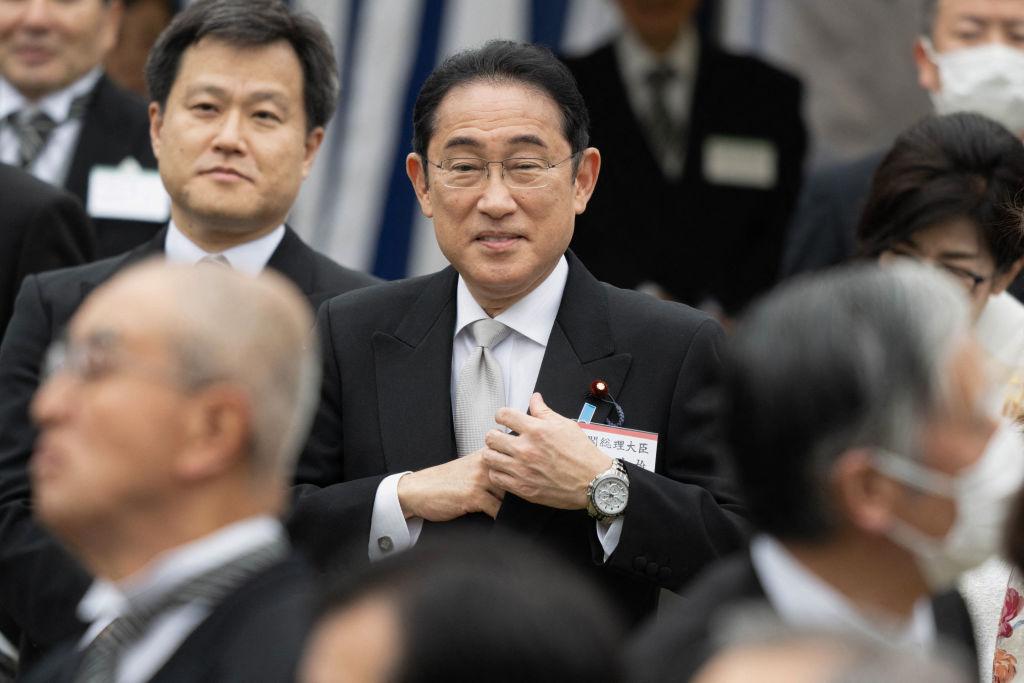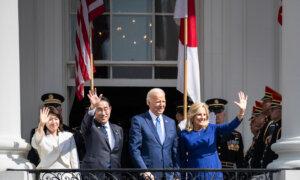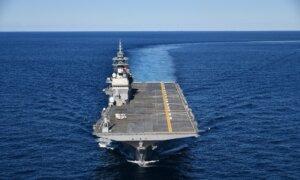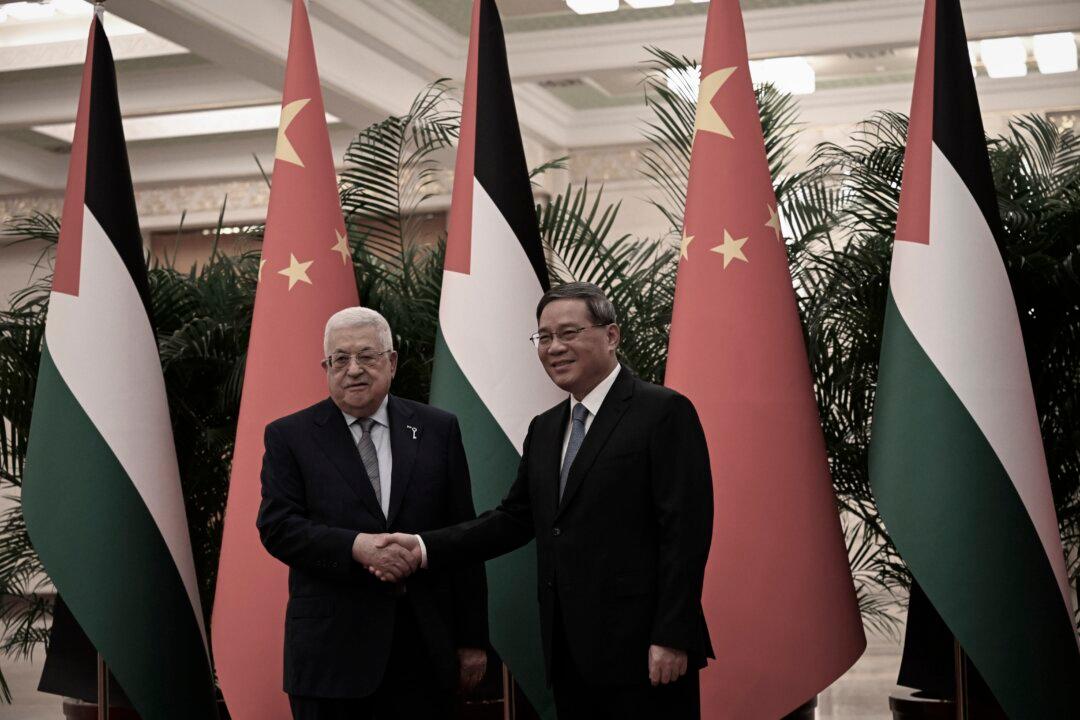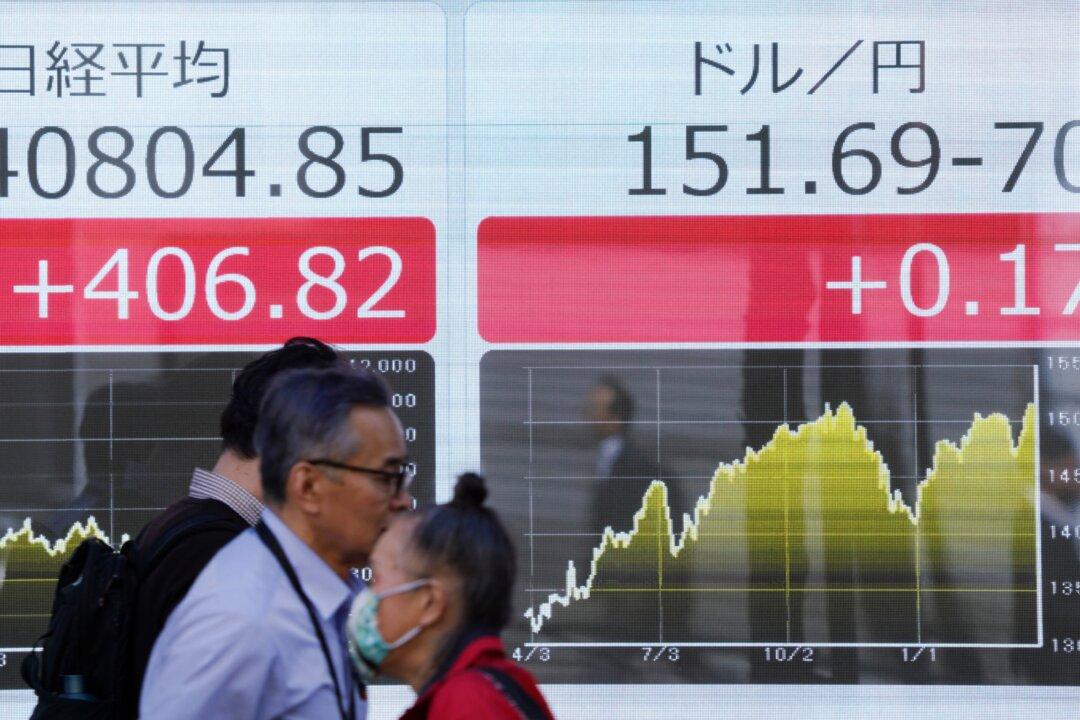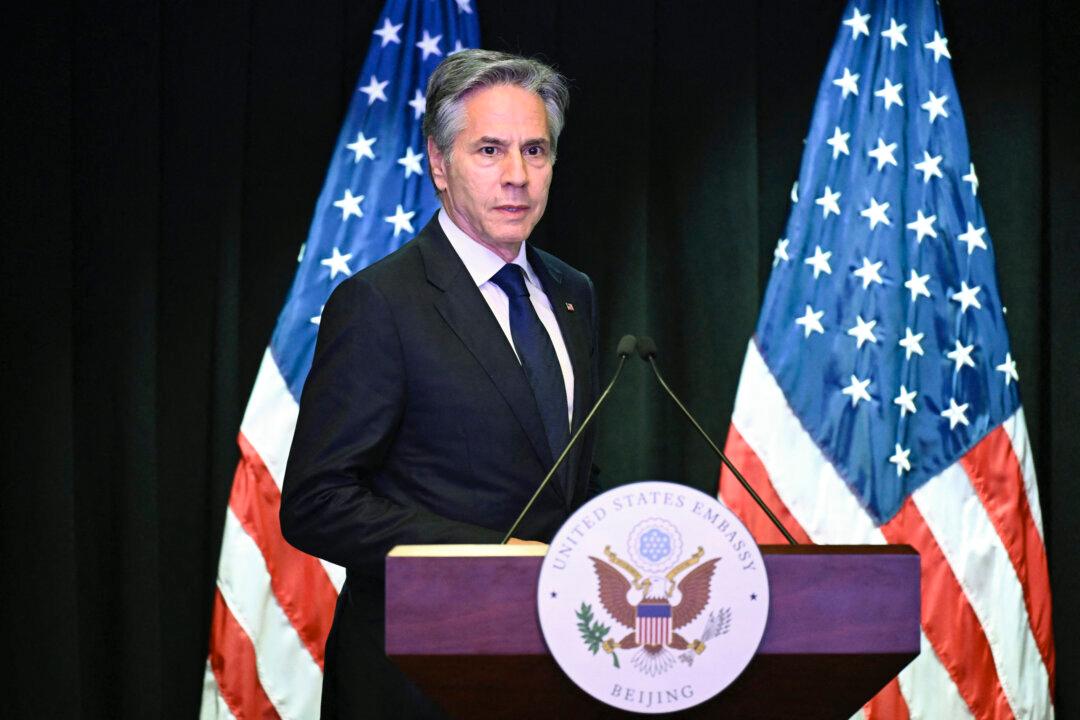Japanese Prime Minister Fumio Kishida’s recent visit to the United States boosted his poll numbers in Japan, although it remains to be seen whether this will help his Liberal Democratic Party in elections next week. Despite a vehement reaction from Beijing, the visit—aimed at strengthening the U.S.-Japan alliance amid increasing Chinese aggression—received widespread acclaim, even from some of Mr. Kishida’s critics.
The Japanese leader struggled in the polls in recent months due to a fund scandal. The recent visit gave a boost to his poll numbers, with his disapproval rating dropping and his approval rating rising. According to a nationwide poll conducted by Kyodo News, approval for Mr. Kishida’s cabinet surged by 3.7 percentage points after his U.S. visit, marking a notable change from recent declines.
As Japan approaches its House of Councillors election on April 28, with three key seats up for grabs, it remains to be seen whether the improved numbers are enough to score a win for Mr. Kishida’s party.
Nonetheless, the prime minister’s visit to the United States was widely considered a diplomatic success, garnering praise in both public and political circles in Japan—including kudos from opposition party leadership.
Upon his return to Japan on April 18, Mr. Kishida briefed the Japanese National Diet about his discussions with President Joe Biden and his address to the U.S. Congress, emphasizing that Japan and the United States have entered “a global partnership based on the strongest relationship of trust ever.”
Japanese left-wing parties raised concerns regarding the potential reorganization of U.S. forces in Japan and the operational autonomy of Japan’s Self-Defense Forces. In response, Mr. Kishida stressed that the Self-Defense Forces operate under Japan’s sole discretion and that both nations’ military forces will continue to function under their respective independent command systems.
The acknowledgment underscores a rare moment of bipartisan agreement on the international stage, highlighting the strategic significance of Mr. Kishida’s visit to the United States.
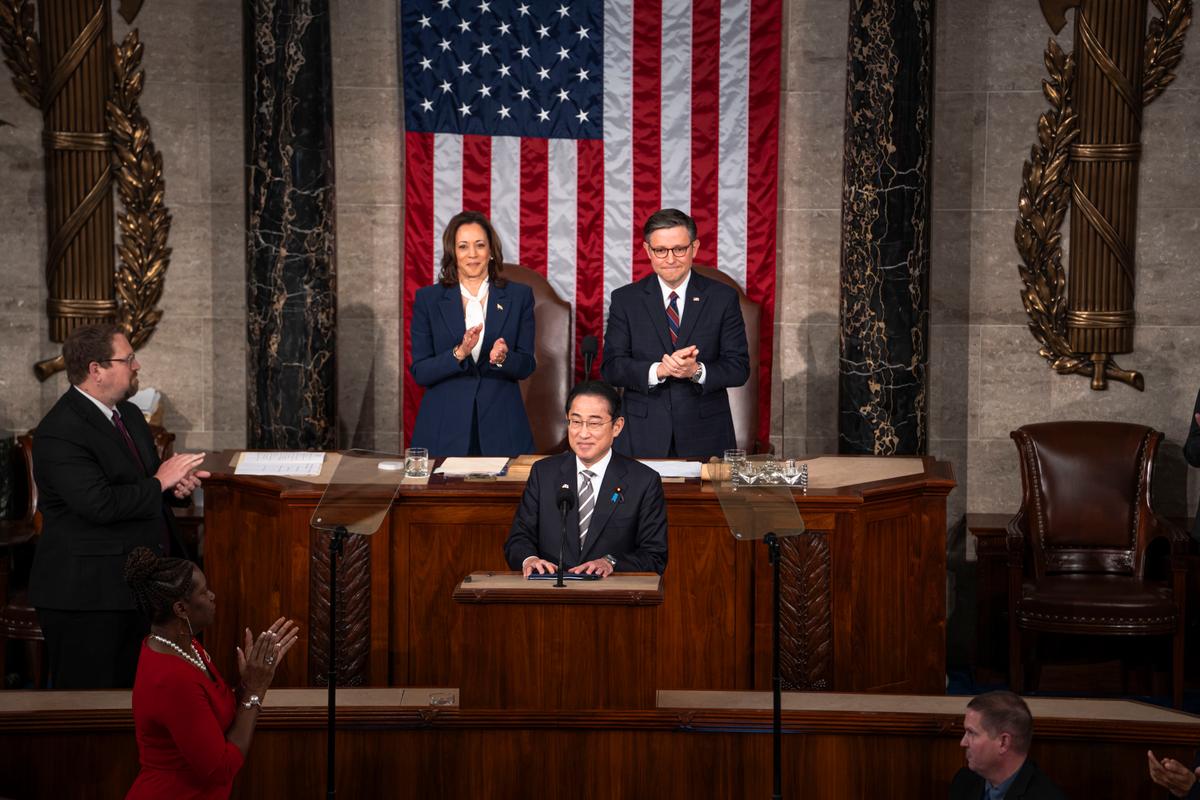
A New Era of Strategic Alliance
During his visit, Mr. Kishida aimed to bolster Japan’s role on the global stage, earning commendations from President Biden. The summit ushered in what President Biden described as a new epoch for the United States–Japan strategic partnership, calling it “the most significant upgrade in our alliance since it was first established.”Post-World War II, Japan, as a defeated nation, underwent major political and defense reforms under Allied guidance, led by the United States. The era saw Japan adopting democratic principles and economic freedom, while becoming demilitarized. However, geopolitical dynamics during the Cold War and the Korean War led to the U.S.–Japan Security Treaty on April 28, 1951, a relationship in which Japan’s role evolved from being under U.S. occupation to hosting U.S. forces.
The security landscape further matured with the 1960 revision of the U.S.–Japan Security Treaty, which remains effective today. By 1954, responding to global demands, Japan had transitioned its quasi-military organization into the Japan Self-Defense Forces. The Self-Defense Forces became the country’s de facto armed forces, albeit under significant U.S. restrictions.
In recent years, increasing provocation from the Chinese Communist Party (CCP) in the Asia-Pacific has heightened regional and global tensions, compelling Japan to revise its 70-year-old defense posture. This strategic pivot, supported by the United States, was underscored during Mr. Kishida’s visit, marking a transformative phase in United States–Japan relations.
Highlighting new collaborative defense initiatives, President Biden announced the formation of a trilateral missile defense framework involving the United States, Japan, and Australia. He expressed anticipation for upcoming trilateral military exercises with Japan and the UK.
Mr. Biden also noted that the AUKUS defense partnership between Australia, the UK, and the United States is exploring how to include Japan in a focus on advanced technological capabilities such as AI and autonomous systems.
At the joint press conference, Mr. Kishida underscored the critical juncture faced by the international community, emphasizing the vital importance of the U.S.–Japan partnership in defending and strengthening a “free and open international order based on the rule of law.” He firmly stated that any attempts to “change the status quo by force or coercion is absolutely unacceptable,” highlighting ongoing collaborative efforts to address challenges posed by China.
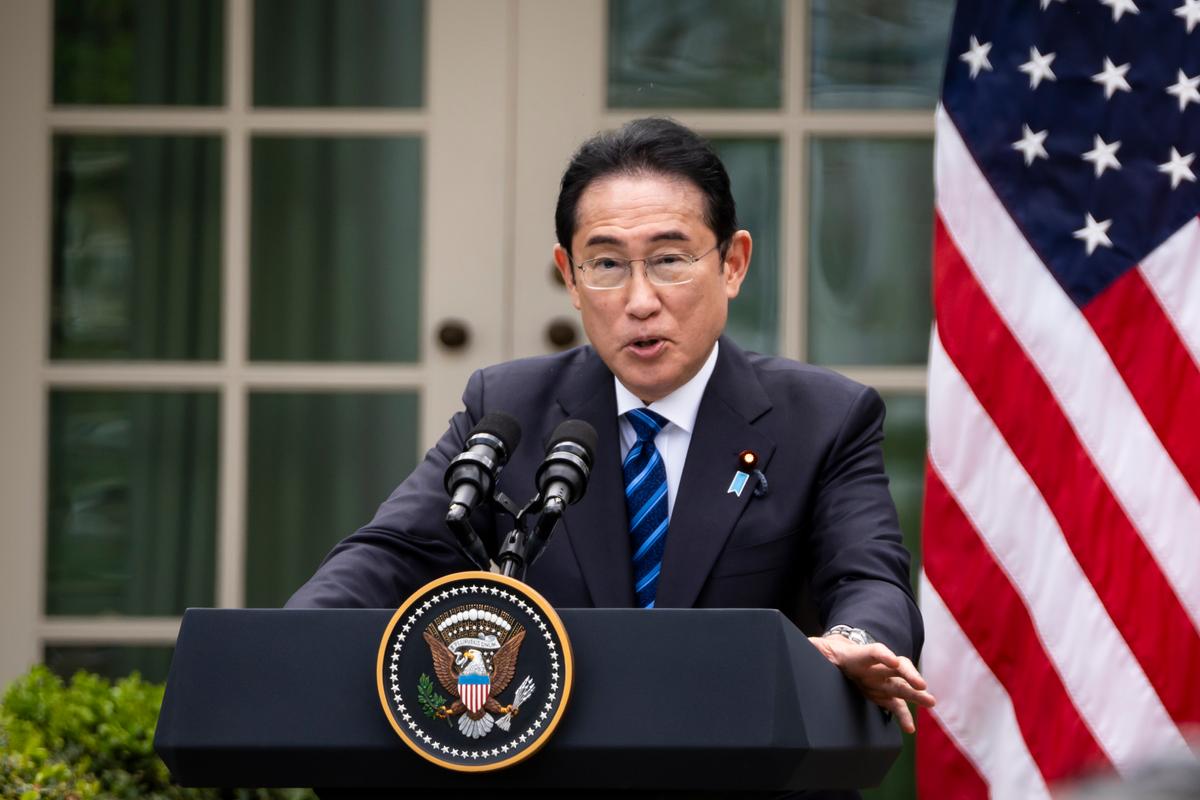
A Quadrilateral Strategy
The recent United States–Japan summit has heightened the strategic dynamics between the two nations, evolving their relationship into a robust security community. This development has reportedly induced significant anxiety within the Chinese Communist Party (CCP), according to Peter Su, a director at Taiwan’s Institute for National Defense and Security Research.In an interview with The Epoch Times, Mr. Su highlighted the formation of multiple strategic triangles that effectively encircle the CCP and bolster the defense of Taiwan.
He outlined the emerging geopolitical formations: “In Northeast Asia, it’s the U.S., Japan, and South Korea; in the South Pacific, there’s AUKUS (the alliance of Australia, the United Kingdom, and the United States); plus a new strategic triangle of the U.S., Philippines, and Japan, creating three strategic triangles that directly encircle the CCP in the Indo-Pacific region. This effectively acts as an indirect defense of Taiwan.”
Additionally, Mr. Su pointed to the creation of another strategic triangle involving the United States, Japan, and the UK, which extends across both the Pacific and Atlantic Oceans. This alliance is rapidly solidifying, with plans for these nations to commence regular military exercises starting in 2025. “These four strategic triangles will not only merge to encircle the CCP but are also expected to continue expanding,” he added.
Beijing Expresses Strong Opposition
The deepening of the U.S.-Japan strategic partnership provoked a stark reaction from Beijing, highlighting tension over the strengthened alliance. On April 11, Chinese Foreign Ministry spokeswoman Mao Ning vehemently criticized the collaboration, accusing it of harming the interests of other nations, meddling in China’s internal affairs, particularly with respect to Taiwan, and thereby destabilizing regional peace.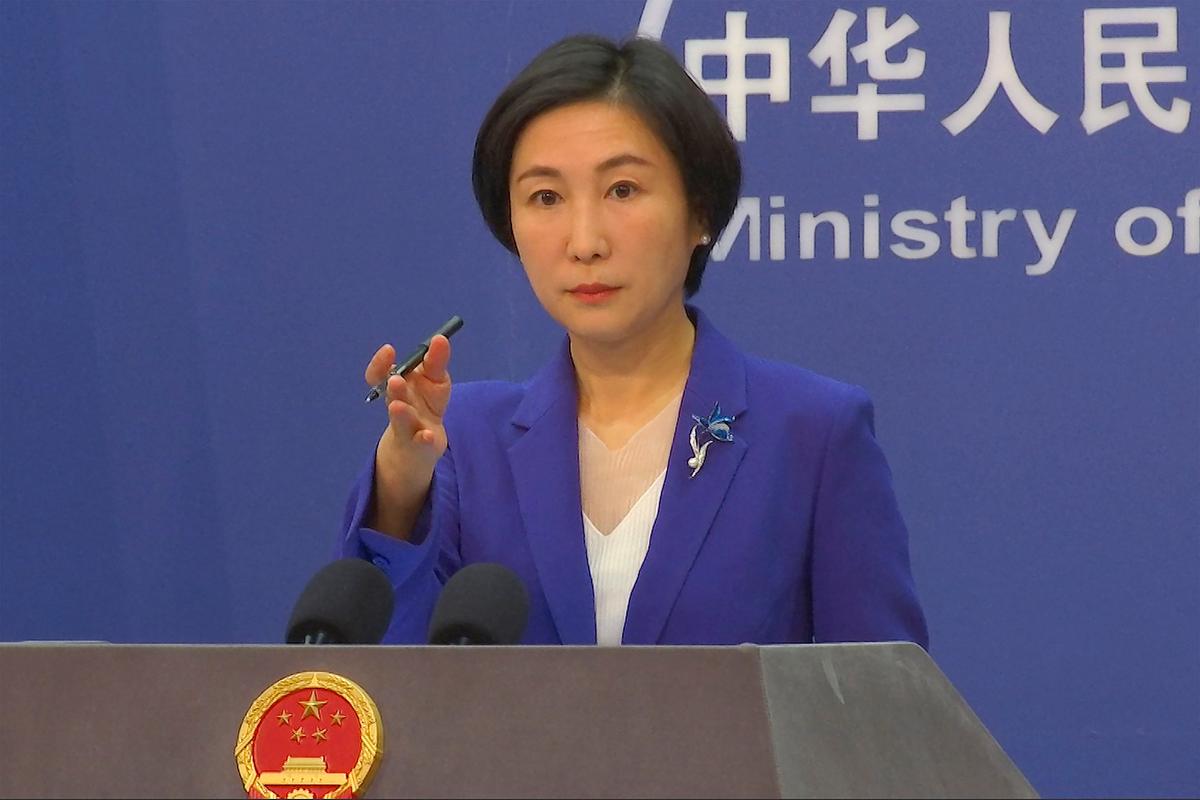
Ms. Mao stated, “China is strongly dissatisfied and firmly opposes this and has made solemn representations to the relevant parties.”
In the lead-up to the United States–Japan summit on April 10, China’s state-run Xinhua News Agency published an article framing Japanese Prime Minister Fumio Kishida’s visit as a step toward undermining regional stability by aligning more closely with U.S. strategies and drawing other Asia-Pacific countries into an exclusive bloc.
The publication said that Japan’s enhanced security cooperation with various nations aligns with a broader U.S. strategy aimed at containing China, and branded Japan as a critical ally in this endeavor.
